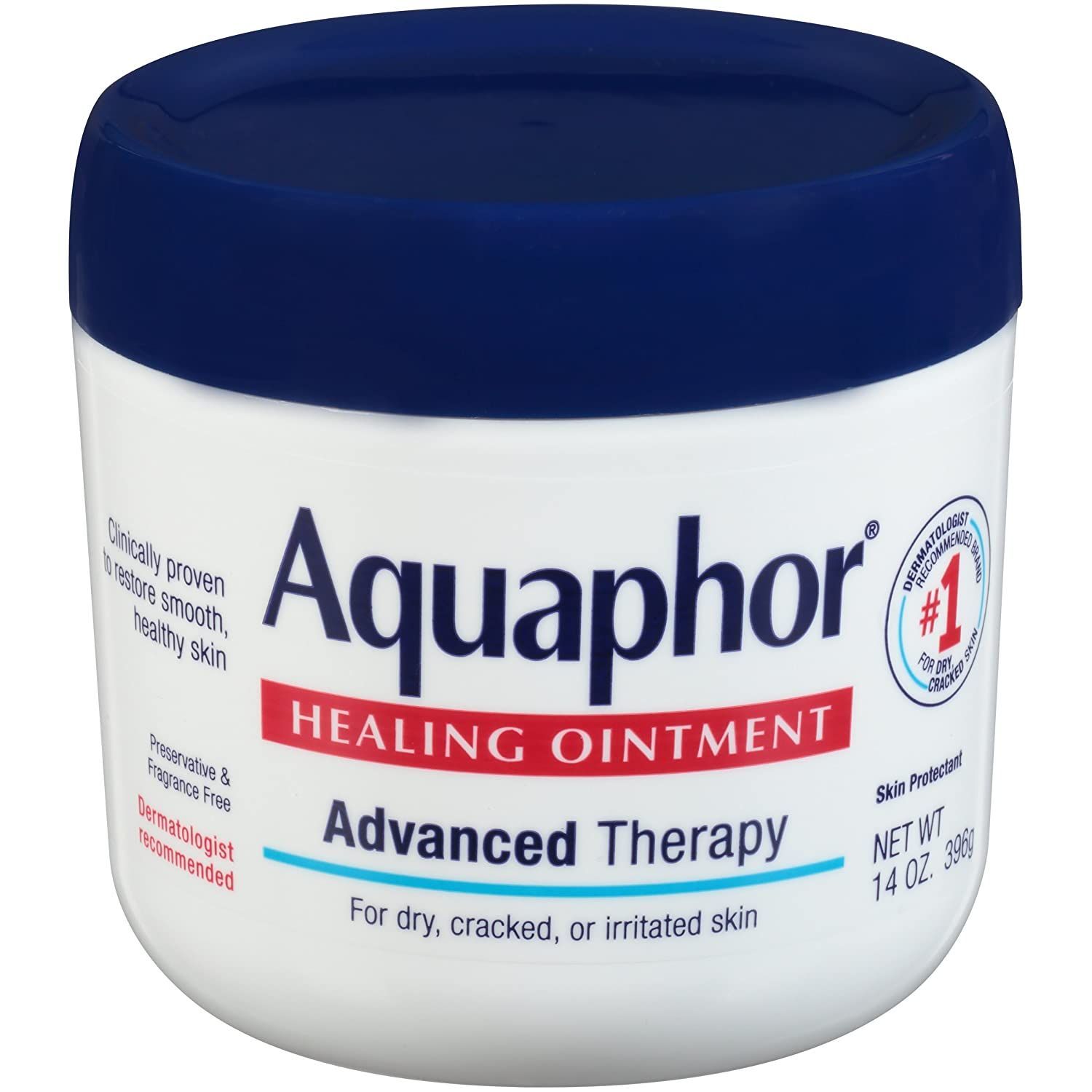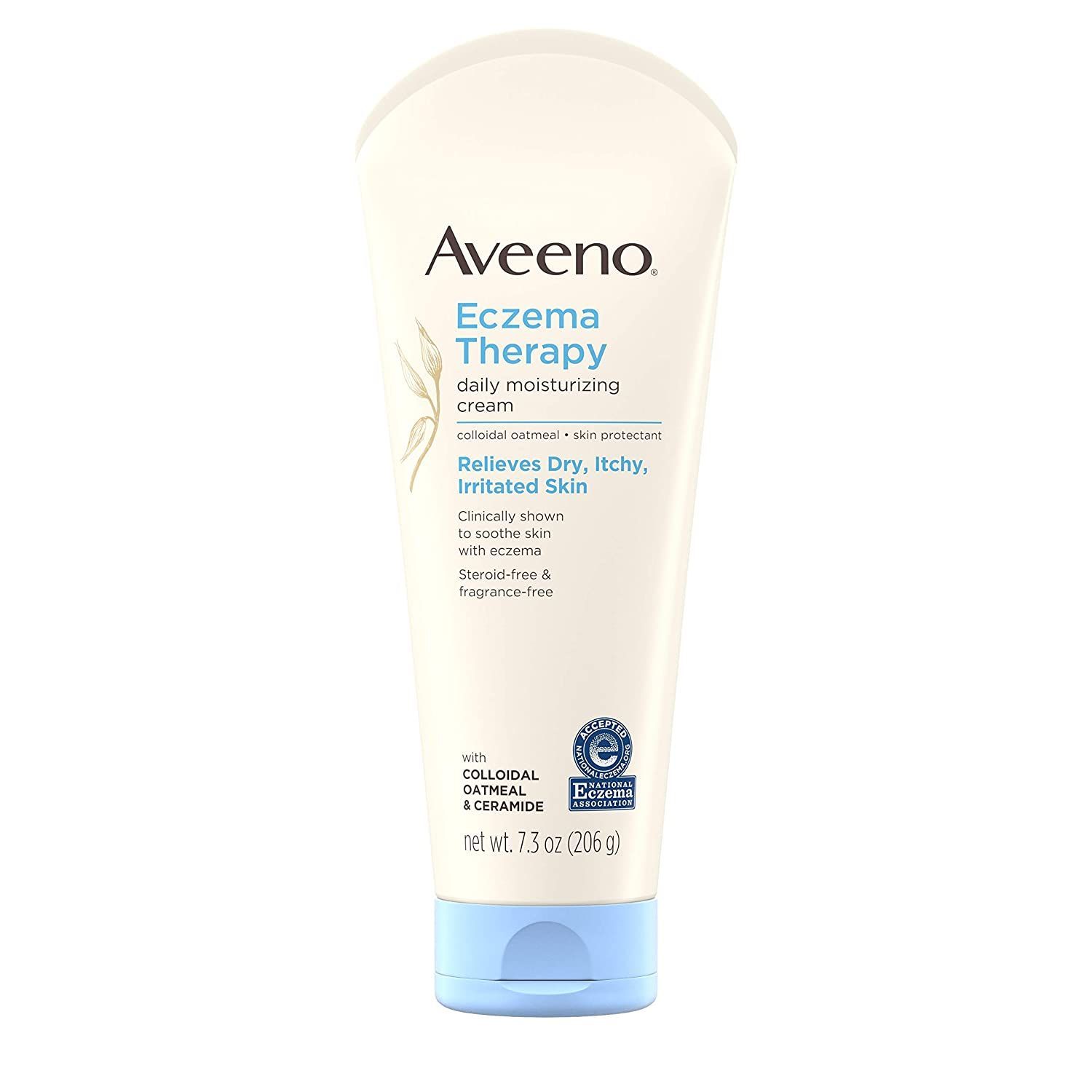When April Gargiulo was pregnant for the first time, she, like so many others, struggled with a host of skin issues. For Gargiulo, it was cystic acne in particular—a problem she’d had since she was a teen. As she began reading her skincare’s ingredient labels to make sure they were pregnancy safe, she discovered that the so-called “high-end” beauty products she was using were lacking in both safety and substance. Her solution to the problem is probably on your bathroom vanity right now (or at least in your Nordstrom cart): She created her own hero product, Vintner’s Daughter’s Active Botanical Serum.
“Pregnancy is tough,” dermatologist Shereene Idriss of Idriss Dermatology in New York City says. “Although the idea of a natural pregnancy glow is aspirational, the truth is pregnancy can wreak havoc on skin.” Gargiulo echoes that sentiment. “Being pregnant is such a time to have grace with yourself and give yourself a break in terms of what your perceived idea of your best skin is,” she says.
While pregnancy books and blogs will have you believe that you should toss out your entire arsenal of products, that’s not entirely warranted. There are definitely ingredients you want to avoid, but there are some you might even want to add. Here, a guide to skincare during pregnancy from an all-female panel of skin experts.
Although the idea of a natural pregnancy glow is aspirational, the truth is pregnancy can wreak havoc on skin.
The First Step: Talk to Your Dermatologist
“Because there are many skincare ingredients that are not considered safe in pregnancy or have not been tested for safety in pregnancy, I recommend the less-is-more approach,” dermatologist Orit Markowitz says. “If there is a condition that you’re trying to manage—like acne, for example—it turns out that most over-the-counter ingredients are actually deemed unsafe in pregnancy. Therefore, it’s best to get medical advice if you are trying to manage any skin issues while expecting.”
The Ingredients and Products to Avoid
Botox and fillers are not pregnancy safe. Common ingredients deemed to be unsafe while pregnant include any beta or alpha hydroxy acids (like salicylic acid), Retin-As, and retinols; additionally, many serums like vitamin C have not been tested for pregnancy safety, Markowitz says.
“I would also avoid any chemical sunscreens, as some of their ingredients have not been tested for safety in pregnancy,” Markowitz adds.
Dermatologist Heidi Waldorf also recommends avoiding antibiotics in the family with tetracycline (like doxycycline and minocycline), “which are now available in prescription topicals,” she says. Brightening agent hydroquinone has been shown to get absorbed systemically, so the risk outweighs the benefit when you’re pregnant, Idriss says, and is not recommended (nor is its precursor, arbutin).
“Minoxidil, a hair growth stimulant found in Rogaine, should also be avoided due to documented fetal risk,” Idriss adds. “The good news? Consider pregnancy to be nature’s hair growth stimulant! Bottom line, you most likely won’t need minoxidil while pregnant, so don’t fret this one.”
What to Use Instead
Products that have the all-clear include basics like Vaseline and Aquaphor, and moisturizers with limited ingredients, Markowitz says. And instead of chemical sunscreens, she recommends mineral sunscreens like Badger, Garden Goddess, and Blue Lizard.
For sun protection, Waldorf’s favorites include ISDIN Eryfotona Actinica and Skin Better Sunbetter Stick. She recommends keeping your skin comfortable by maintaining your skin barrier, gently cleansing with a replenishing moisturizing body wash like Dove, and following showers with a daily moisturizer like those made by Avène (specifically TriXera or Xera Calm), La Roche-Posay (Toleriane or Lipikar), Neutrogena (Hydroboost), and Aveeno (Eczema Therapy).
During both her pregnancies, Idriss was an avid Mustela user, she says, calling it gentle yet effective. “I recommend my pregnant patients get in the habit of exfoliating three times a week with lactic acid, as it is less intense than glycolic and can help alleviate any pigmentary issues that arise,” she says. “Second, incorporating azelaic acid is a must! Not only does it help keep hyperpigmentation at bay, it also helps minimize hormonal breakouts—win-win. Finally, if parting ways with your beloved retinol is too daunting, opt for bakuchiol instead. Although it’s not as strong or as effective as a retinol, it’s a nice and safe option to help yourself with throughout this time.”
Prefer to stick with just one brand? Tatcha’s skincare is pregnancy safe, as the brand doesn’t formulate with retinols or Retin-As. (For sensitive skin, check out The Rice Polish Calming, The Essence, Indigo Overnight Repair, and Indigo Soothing Body Butter in particular.) Tammy Fender’s products are also pregnancy safe, but, since its Bulgarian Lavender Body Oil contains a high concentration of lavender, the brand’s eponymous founder recommends discontinuing use during the first trimester. “Though, it is a wonderful product to use throughout the rest of pregnancy,” Fender notes.
What to Use for Acne
“Prescription azelaic acid is the safest ingredient for acne in pregnancy, while most over-the-counter as well as other prescription medications for acne are not safe in pregnancy,” Markowitz says. Idriss recommends benzoyl peroxide at max 5 percent as her over-the-counter go-to. And despite the old wives’ tale, do not use toothpaste for your pimples, Waldorf says. “That home remedy can make things worse, not better,” she says.
What to Use for Melasma
Pregnancy is a time when women are prone to develop melasma, a darkening of skin due to hormonal changes. The key to prevention is sun protection, Waldorf says. “Be sure to use a product with UVA and UVB protection,” she says. Staying protected from the sun to avoid melasma is even more important during pregnancy since retinoids and hydroquinone—the mainstays of melasma treatment—are not allowed during pregnancy. The safest melasma treatment during pregnancy is sunscreen with titanium, zinc, or iron oxide, Markowitz says.
Keeping your skin supple and well moisturized, although not a cure for stretch marks, can do wonders in helping minimize the full extent of stretch marks.
What to Use for Stretch Marks
“Keeping your skin supple and well moisturized, although not a cure for stretch marks, can do wonders in helping minimize the full extent of stretch marks,” Idriss says. Markowitz recommends frequent use of a strong moisturizer like Vaseline or Aquaphor.
What to Use for Rosacea
Azaleic acid and sun avoidance work best here, “and some moisturizers containing soothing, anti-inflammatory ingredients like niacinamide may also be helpful,” Waldorf says. Markowitz specifically recommends Eucerin Redness Relief Night Cream.
What to Use for Eczema and Psoriasis
If you have a flare-up, Waldorf recommends an over-the-counter 1 percent hydrocortisone cream, and Markowitz suggests using a mild soap with skin-soothing ingredients like oatmeal. “Nature has a funny way of working. While pregnant, our bodies go into an immunosuppressed state, so autoimmune conditions like psoriasis and eczema tend to improve on their own,” Idriss says. “So less is more and enjoy the next 10 months as nature does its thing.”
Source: Read Full Article

















